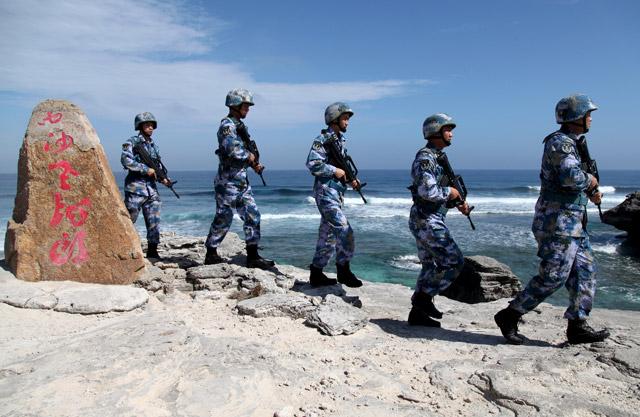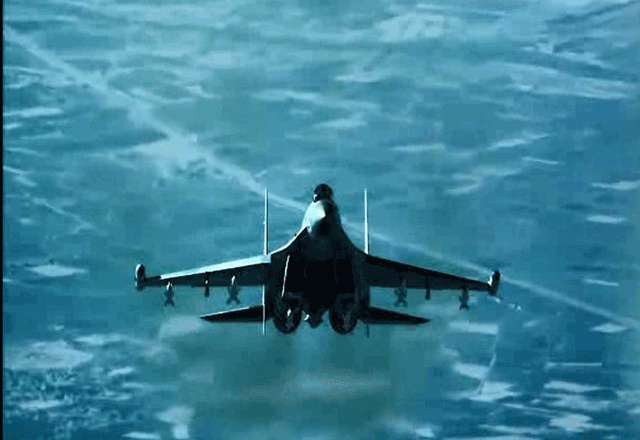You are here
Russia dismisses new US charge over air incident
By AFP - Apr 30,2016 - Last updated at Apr 30,2016

US air force F-22 Raptor fighter jet lands at the Siauliai Airbase, some 230km east of the capital Vilnius, Lithuania, on Wednesday (AP photo)
MOSCOW — Russia rejected on Saturday a new claim that one of its jets had intercepted a US reconnaissance plane over the Baltic in an "unsafe" manner and accused Washington of sending "spy-planes" into its airspace.
US authorities said they were "very concerned" after the mid-air stand-off on Friday, the latest incident fuelling tension between the former Cold War foes.
"On April 29, 2016, a US Air Force RC-135 aircraft flying a routine route in international airspace over the Baltic Sea was intercepted by a Russian SU-27 in an unsafe and unprofessional manner," said a statement by the US European Command.
"There have been repeated incidents over the last year where Russian military aircraft have come close enough to other air and sea traffic to raise serious safety concerns, and we are very concerned with any such behaviour.
"The US aircraft was operating in international airspace and at no time crossed into Russian territory. This unsafe and unprofessional air intercept has the potential to cause serious harm and injury to all aircrews involved.
"More importantly, the unsafe and unprofessional actions of a single pilot have the potential to unnecessarily escalate tensions between countries."
But Moscow dismissed the incident, insisting it "respects international air safety rules", and accused Washington of sending "spy planes" to Russia.
"We are starting to get used to the Pentagon's insults about alleged 'non-professional maneouvres' by our jets when they intercept American spy planes on Russia's frontiers," said Russian defence ministry spokesman, General Igor Konachenkov.
These "American reconnaissance planes try to sneak up to the border with their transponders off", which makes them invisible to other planes, he said in a statement.
"As a consequence, [Russian] air defence forces have to send jets to visually identify this type of plane and their identification number," he said.
"The US air forces have two solutions: either they do not fly close to our borders, or they turn their transponder on so that our radar can identify them by objective monitoring," he added.
The last such incident was on April 17, when Russia's defence ministry said one of its SU-27s had been dispatched to identify an "aerial target travelling toward the Russian border at high speed”.
That incident came shortly after Russian aircraft repeatedly buzzed the USS Donald Cook, including one incident in which a Russian Su-24 flew nine metres above the war ship in a "simulated attack profile", according to the US military's European Command.
Ties between Russia and the West have plunged to their post-Cold War nadir over Moscow's 2014 annexation of the Crimean peninsula from Kiev and its support for separatist rebels in eastern Ukraine.
Related Articles
WASHINGTON — Two Chinese fighter jets intercepted a US Navy surveillance plane over the East China Sea at the weekend, with one jet coming w
WASHINGTON — Russian fighter aircraft dropped flares above a US drone as it took part in a mission against the Daesh group in Syria, damagin
ANKARA, Turkey — Turkish President Recep Tayyip Erdogan warned Moscow on Saturday that it would be forced to "endure the consequences" if it

















